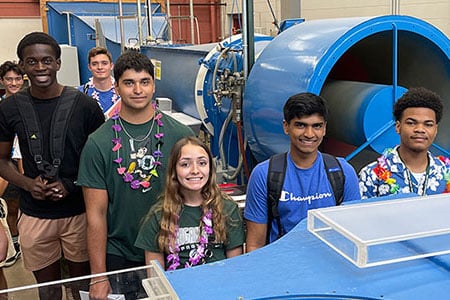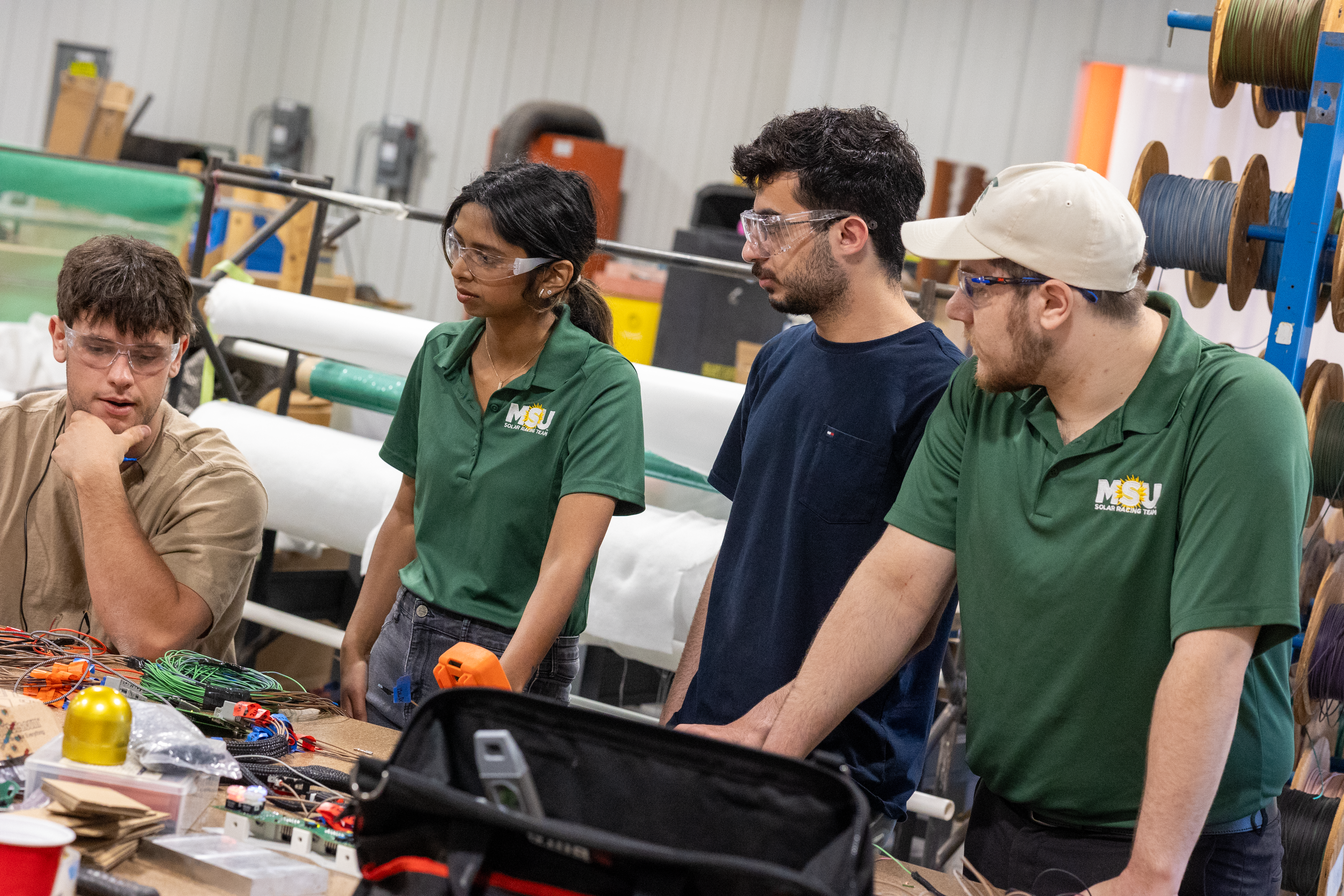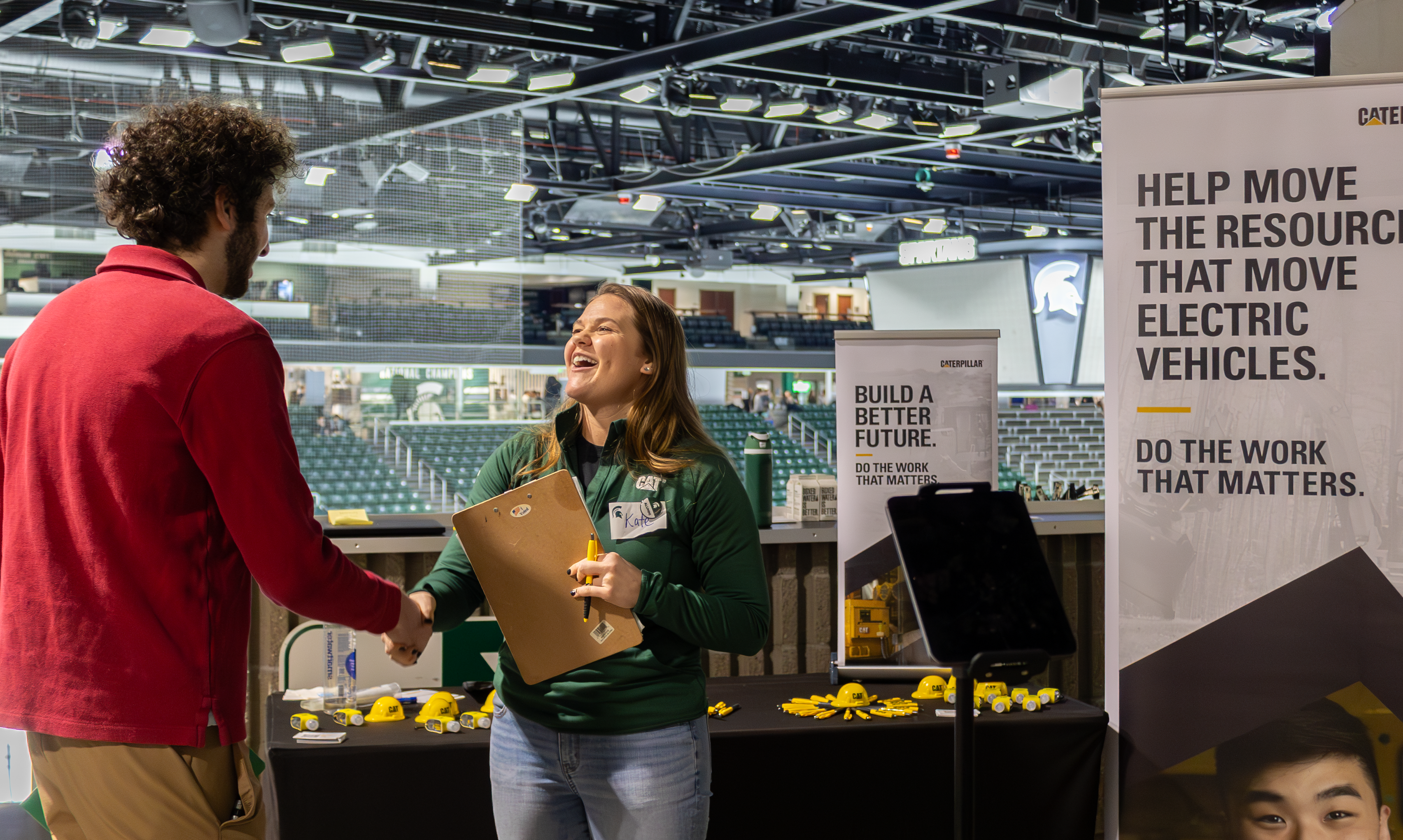For those with glaucoma, this monitoring device created by MSU electrical engineers may help
From WKAR: Glaucoma is the second leading cause of blindness behind cataracts, but it's treatable with early detection. Researchers in Michigan State University's Department of Electrical and Computer Engineering are developing a device that could help doctors caring for glaucoma patients know when it's time to act.

It's the noon hour, and patients are coming and going to see doctors like Sonia Rana at L.O. Eye Care. About 80 percent of her practice is with glaucoma patients, upwards of a thousand patients a year.
She describes glaucoma as a disease that causes damage to the optic nerve.
"What happens is the optic nerve can't handle the pressure that the eye has," Rana explained. "It starts to atrophy, and as a result of the thinning of the optic nerve, you start to lose vision, usually your peripheral vision first. Then, it comes into your central vision, and that's permanent vision loss."
Rana said there are a couple of ways to think about what causes the buildup of pressure inside the eye. She compares the eye to a sink with a plugged drain. Either the drain can't handle the flow of liquid, or the "faucet" is producing more liquid than the drain can deal with.
Monitoring the pressure inside the eye is important and can lead to several treatment methods, including medication, laser procedures and surgery. Such monitoring requires a visit to the office, and these tests only give you results for that moment. MSU researchers, however, are working on a device they think will work away from the doctor's office.
Hossein Kouhani is a graduate research assistant in electrical engineering. Along with Wen Li, associate professor of electrical engineering, and Arthur Weber from the physiology department in the MSU College of Human Medicine, Essentially, it would be built into a contact lens, and would communicate changes in pressure to a receiver built into an otherwise typical pair of eyeglasses.

"In the contact lens," Kouhani explained, "we have a sensor that stretches a ring when the pressure in your eye increases. On the glasses side, we have a coil that wirelessly senses that stretch. There's an electronic transmitter in the glasses that sends the information through bluetooth to your cell phone."
That triggers an alarm on the phone informing the patient that it's time to take action, perhaps as simple as administering eye drops.
Kouhani said that at night, an eye covering would take the place of the lens so the patient doesn't have to wear the contact lens to bed. A prototype has been tested on a balloon as well as on a real eye from a pig cadaver, and Hossein said it works.
Back at L.O. Eye care, Sonia Rana said that while not endorsing this particular device, she thinks something like this could be helpful. "Sometimes, you'll see a patient who's getting worse," Rana continued, "but every time they see you in the office, the pressure seems to be OK. You wonder if there's a time of day where it's higher and you're not catching it. This would be a new tool that would help us with something like that."
Kouhani's research team hopes to finalize a working device within a year, and a patent has been applied for. U.S. Food and Drug Administration approval could take 5-10 years.





